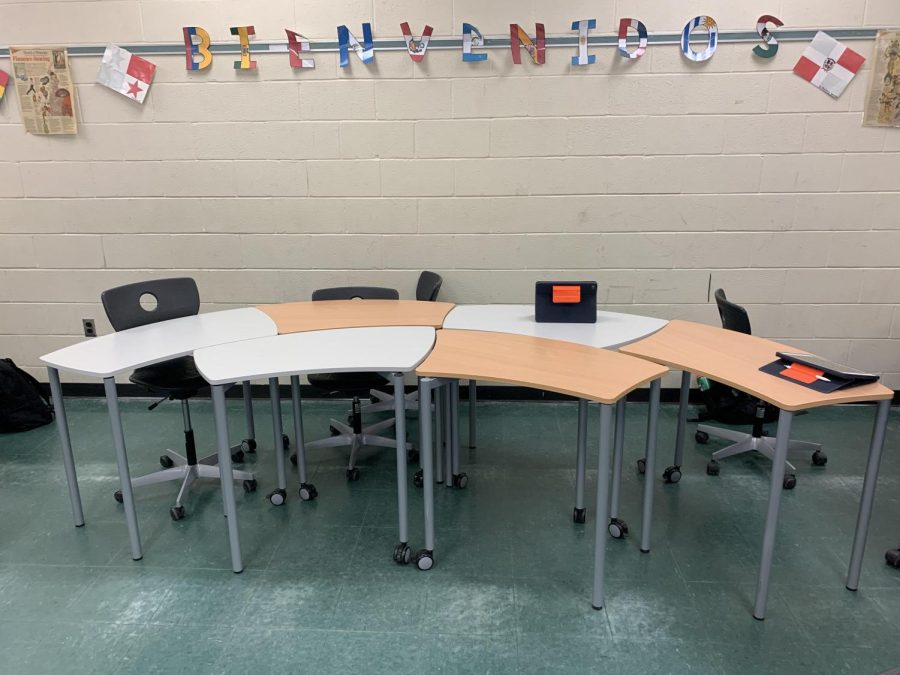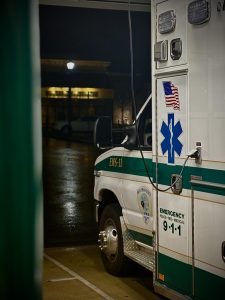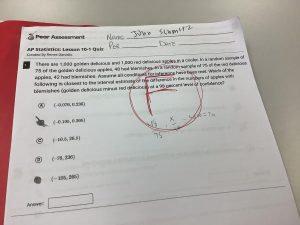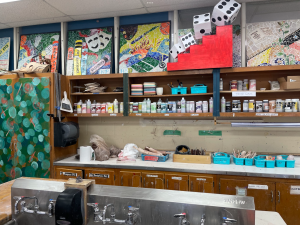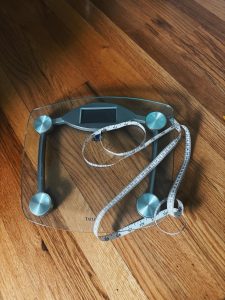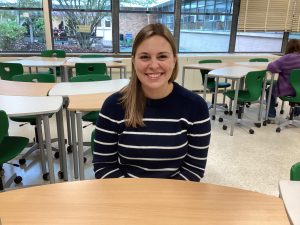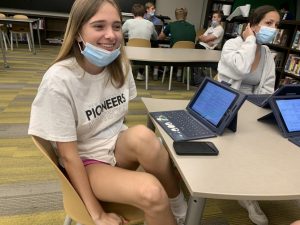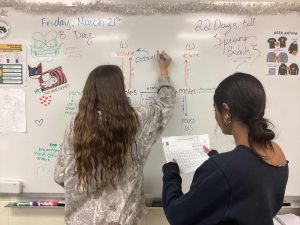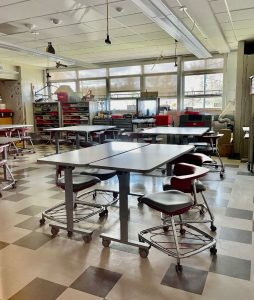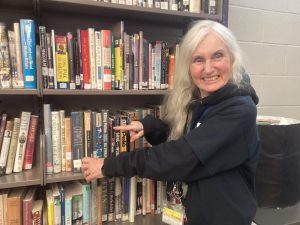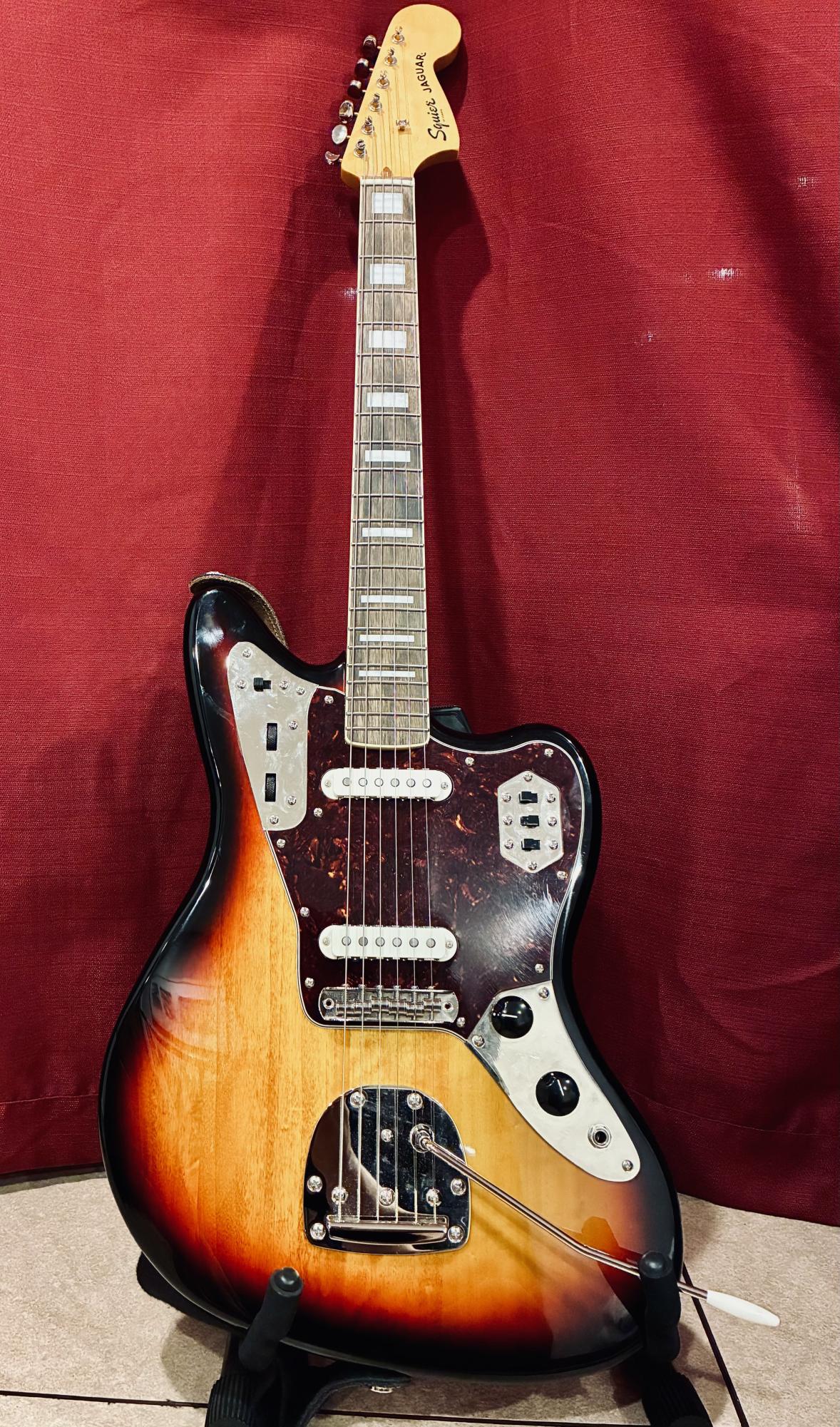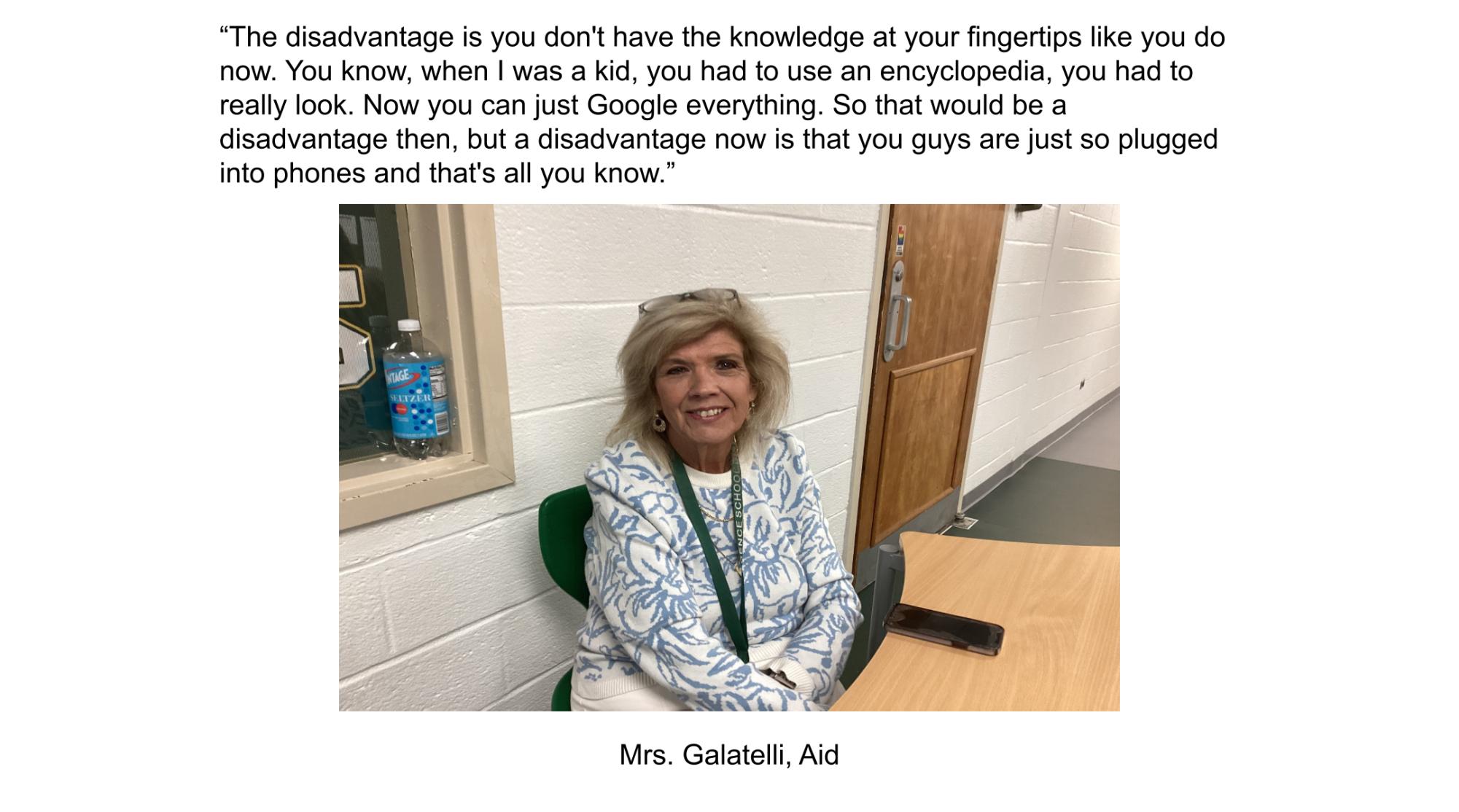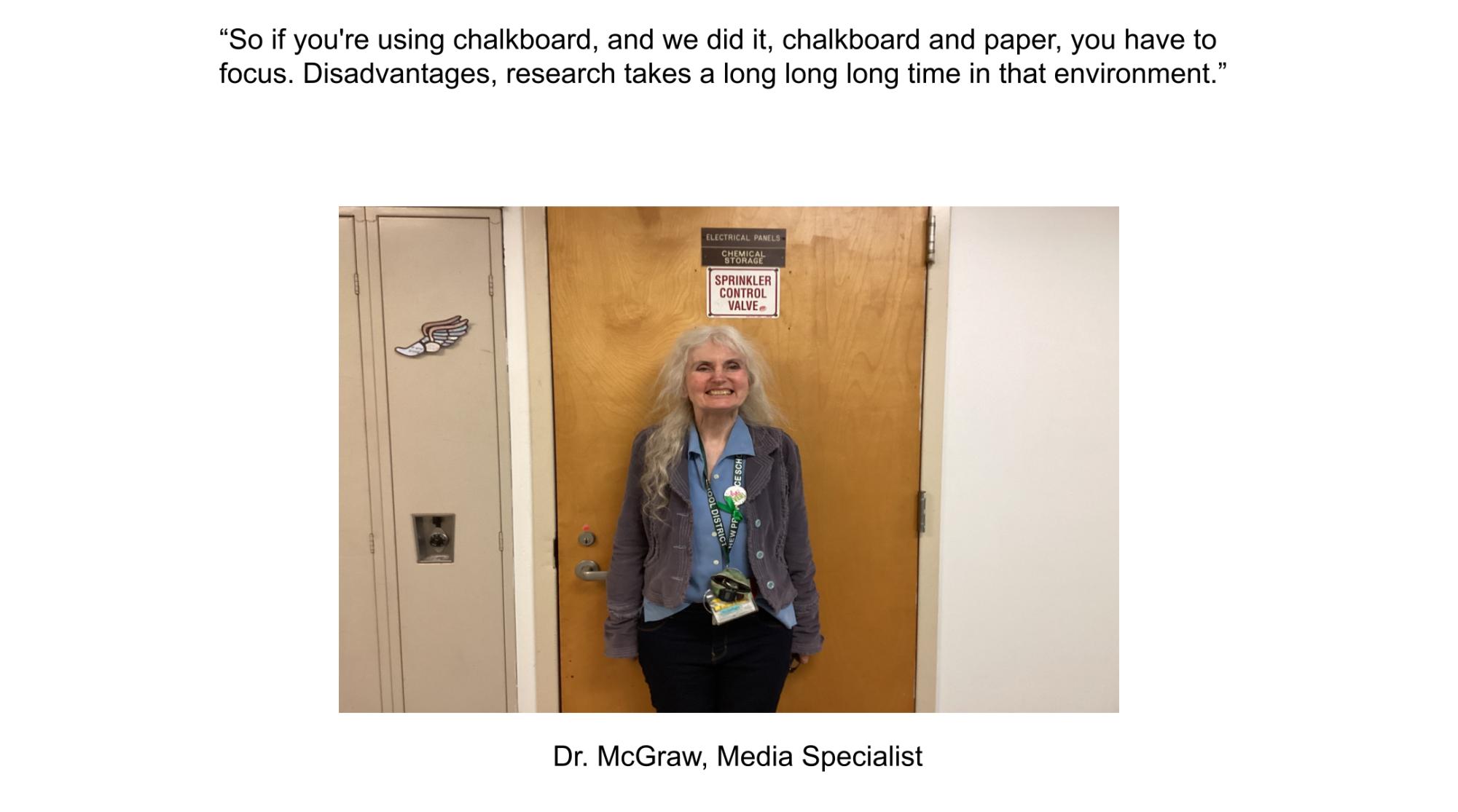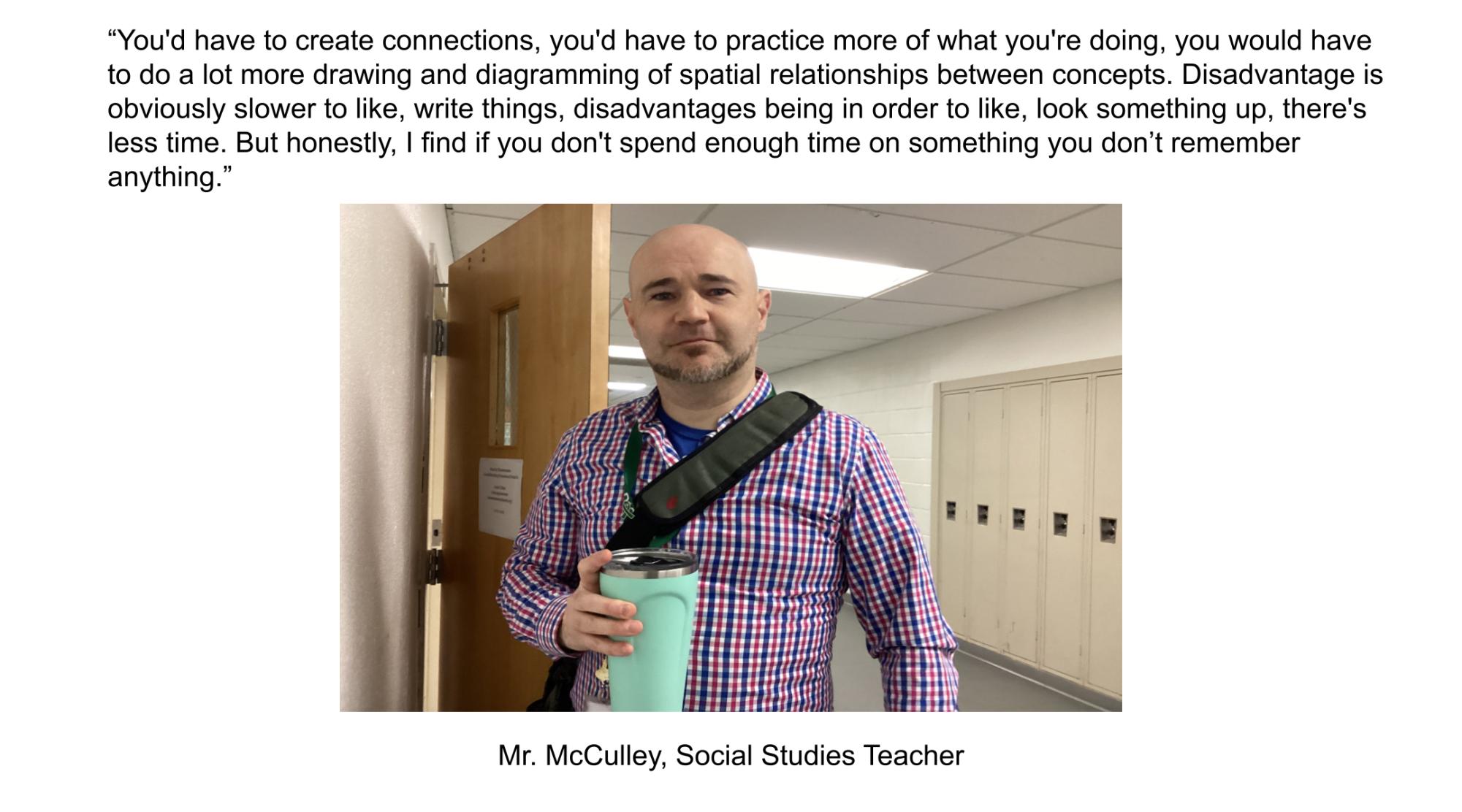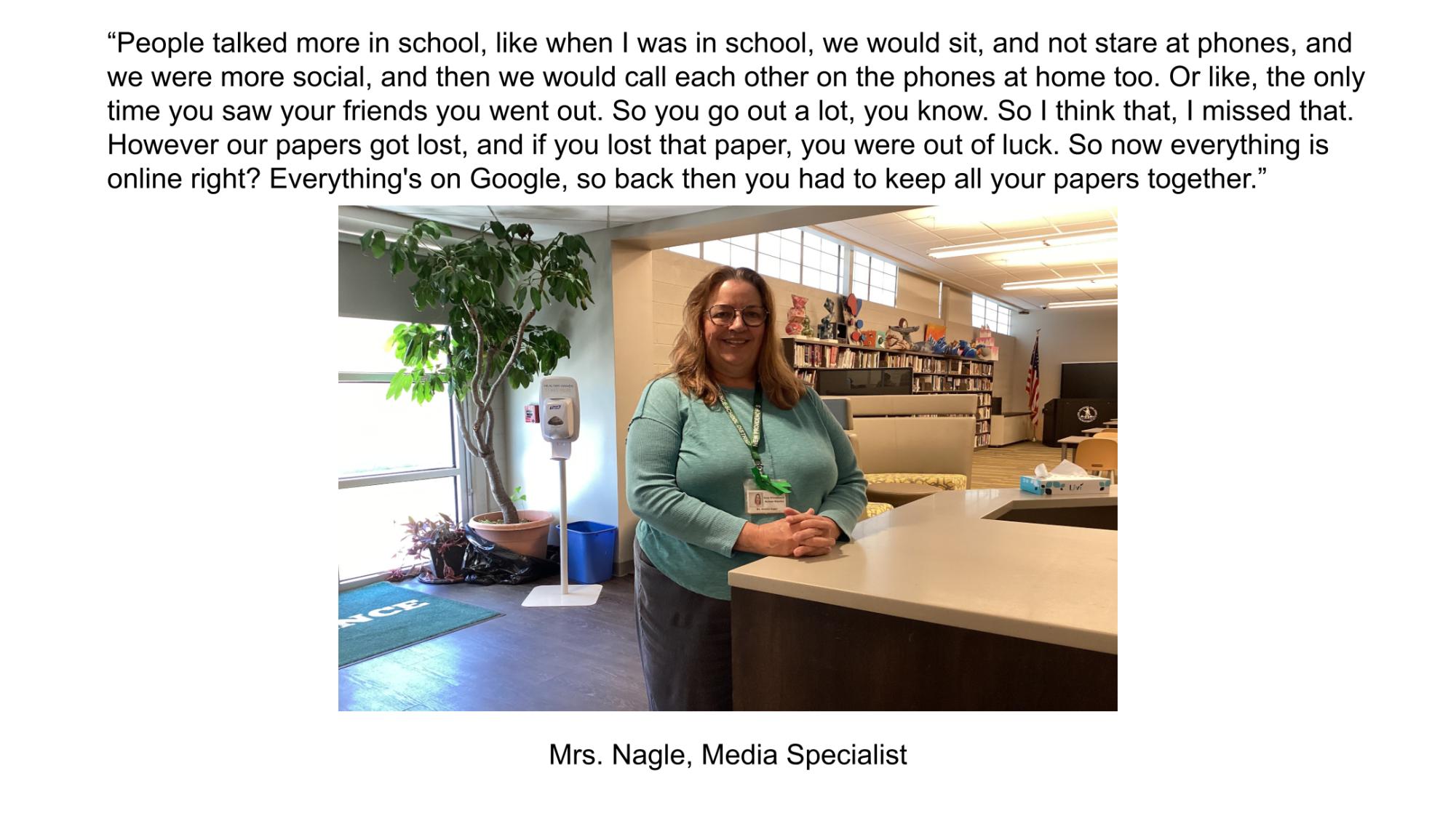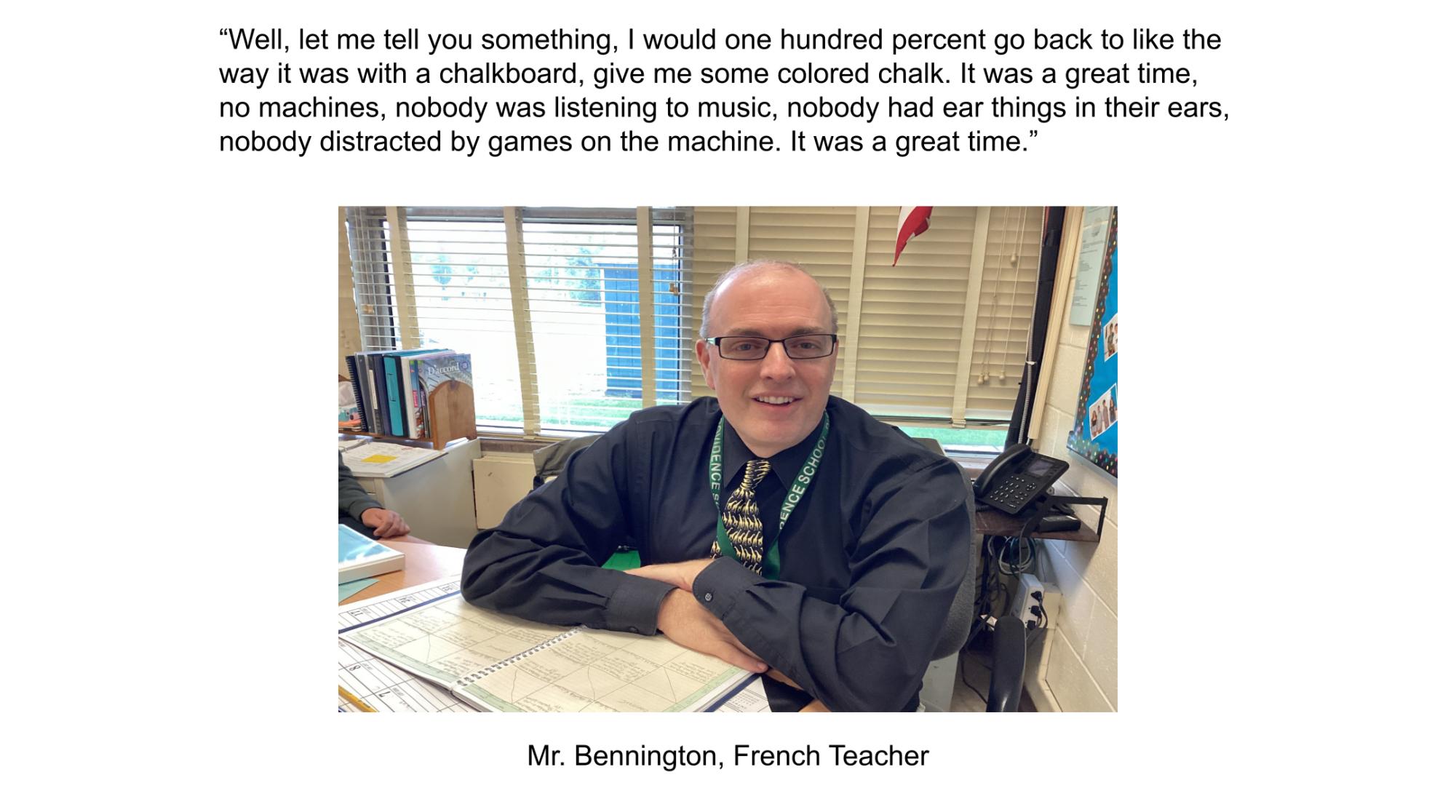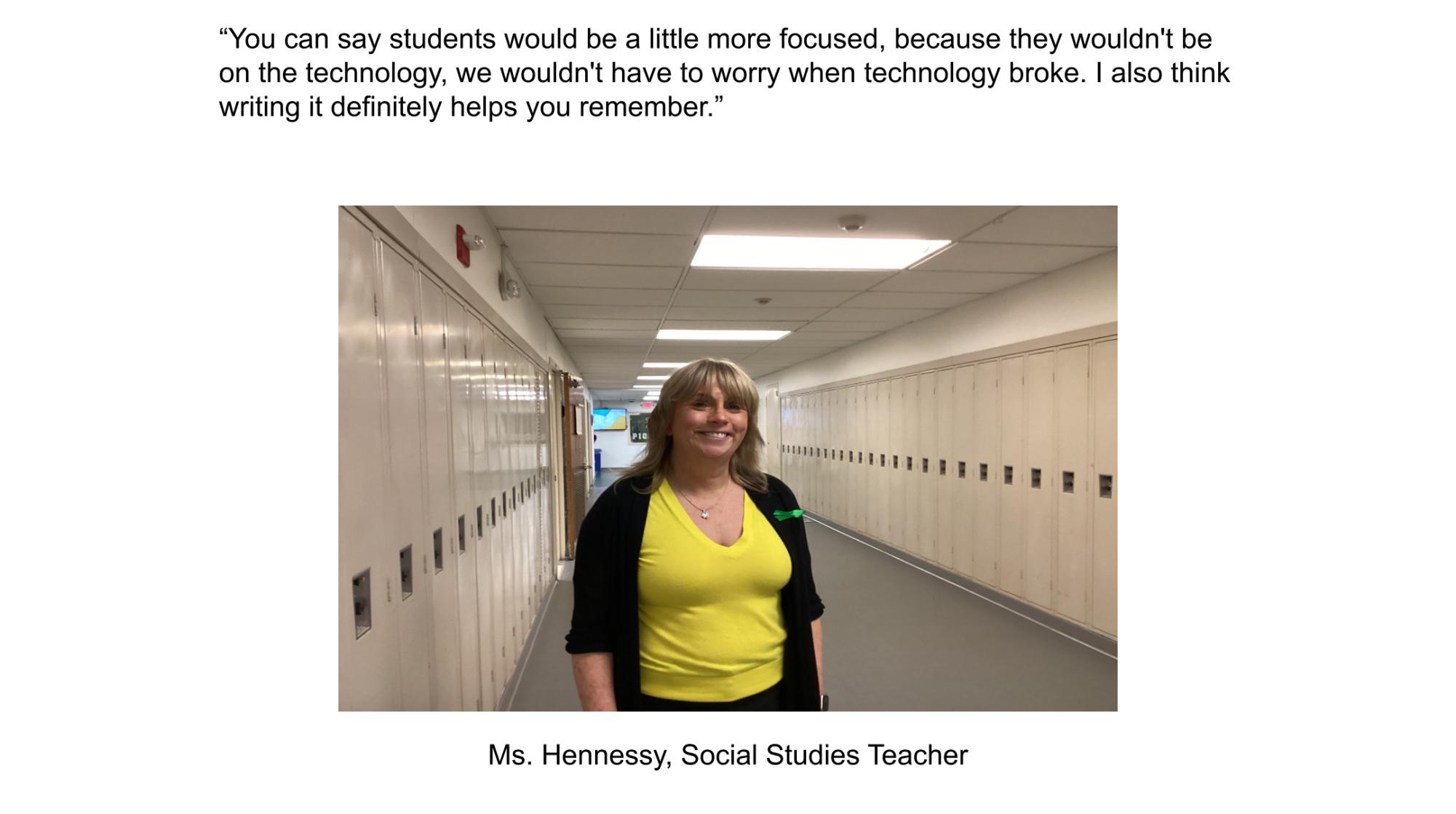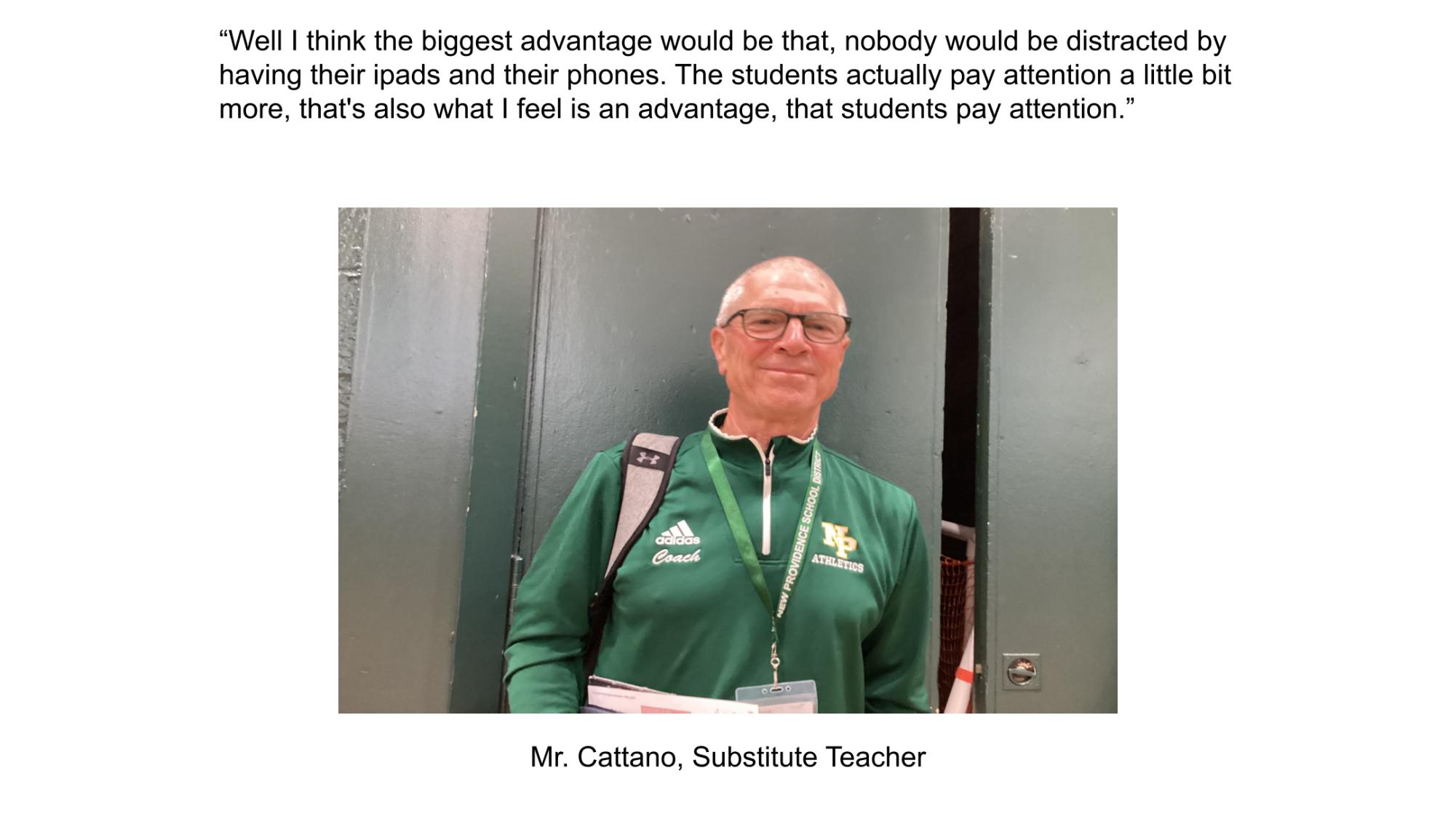Landscape of Classrooms at NPHS Changing Due to Successful Referendum
May 5, 2023
Prior to COVID, in early 2020, the New Providence School District started advocating for a bond referendum, which is an instrument used by a school district to ask the voters to allow an increase in their taxes in order to improve school facilities.
The main goal of the NP Board of Education at that time was to get the referendum approved in the November 8th election in 2022. If it did not pass they stated they would be persistent in establishing a renovated referendum. According to the NPSD website, the bond referendum would, “be authorized to raise funds for renovations, repairs, replacement and/or new construction.” They also mentioned that the total project cost would be $22,191,122, raising the taxpayer’s taxes by $4.32 per month. This was justified by saying it benefits the future value of homes. In terms of NPHS specifically, the claim was that it needed basic renovations like roofing, flooring, and HVAC systems since the building was made in 1957. Perhaps more importantly, the referendum expressed the need for “new mobile and flexible-use furniture” in the classrooms.
The referendum got approved in the November election, along with 11 others across the state. According to the New Jersey Boards Association, NPSD was close to the median of proposed bonding amounts for their respective districts. The most funds were granted to Clearview Regional District in Gloucester County which received $187,730,760. The least was granted to the regional district in Salem which received $2,636,438.
The number of approved proposals, referendum elections, and total spending approved has been on the rise ever since 2020. Due to COVID, the state was focusing on more pressing issues and school districts were working with the state funds given in COVID relief. For New Providence that meant working to get students back to school safely and keeping students and staff healthy. Now, the board is focused on improving students’ learning beyond pre-pandemic levels.
In 2020, the District created Think Tank 2.0, a group of six committees to determine where the District was and how it needed to improve in a variety of ways. Committees focused on classroom environment, curriculum, instruction, data analysis, and technology. These committees are what first determined that new furniture was necessary to make the classroom more effective for student learning.
Mr. Keaney, the Director of Curriculum, Instruction, and Supervision for the NPSD was essential in researching more about how the furniture was going to affect student learning.
The idea is to end traditional learning within a classroom.
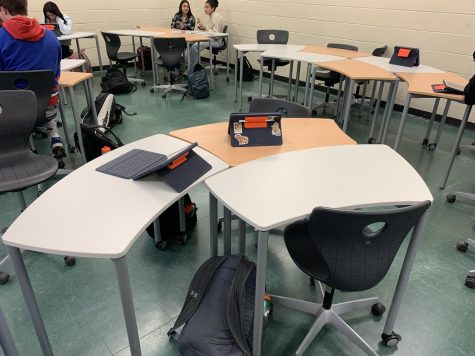
As Keaney explained: “With regards to the classroom becoming what’s called more student centered rather than teacher centered, the old traditional way of teaching is the teacher standing at the front. Demonstrating on the board is very teacher centric. The teacher is the center of the learning taking place. The teacher is doing a lot of the thinking and the brain work and the students are taking notes. That’s often described as the sage on the stage.”
Instead, Keaney and the various committees wanted to create a student centered learning environment: “There’s been a movement in education away from that towards a more student centered classroom, where the students are taking on more of what we call the cognitive load. The students are doing a lot of that thinking and problem solving, because the brain that is actively involved is the brain that’s going to learn. Otherwise the teacher’s brain is heavily involved in it and students are funneling a lot. We want to change that to a scenario where the students are doing a lot of the thinking and the problem solving. And the teacher is more of a facilitator: the guide on the side.”
To carry this out, the District believed that furniture would be the changing component.
“In order to do that, it involves changing the structure of the classroom … buying and having furniture that can be mobile and moved around to all sorts of different orientations. That then makes that part of the process of making the classroom more student centered. If you look at some of our classrooms, now, they are moving towards being more student centered. We need to continue that progression,” Keaney said.
As much as the district can say from the top down that new student furniture is going to be beneficial, the most important opinion comes from the people who are going to be using them.
The District removed the current furniture from classrooms in each of the four schools and installed “pilot” classrooms with the new furniture in order to observe the changes in the students’ experience. The new furniture consists of 4 legged tables curved into a half-moon shape, with curved end edges and wheels on two legs, and chairs with wheels.
Students had mixed opinions about their experiences with the furniture.
Sophomore Hailey Lemos, who had a class in the high school pilot room, stated: “The chairs are really bad because the first time we all sat on them, we all fell off because they just pitched forward so much. If you’re not careful, you will fall. And it’s really hard to focus because you’re constantly fidgeting in your chair. Also, the tables are really inconvenient because when you’re trying to move, there’s only two legs so it’s a lot harder. They’re also designed more for right handed people, so lefties are struggling with them.”
Junior Grace Kinum agreed: “I like how mobile they are, but I do find them kind of uncomfortable and hard to focus on because they lean and move around so much. I think it would just take some getting used to.”
Another junior, Patrick Fanning, had similar experiences to Kinum: “If I’m trying to relax for a while, maybe this is good to move around a bit more. It can be uncomfortable at times if you’re trying to focus.”
Junior Sophia Salazar disagreed: “I thought that it was a waste of money, but I actually really enjoy it a lot. However, I feel like there’s a lot of extra furniture and the class feels pretty small, so you don’t need all these desks.”
Teachers seemed to agree with the criticisms in a furniture and technology survey given to staff across the district.
One of the main issues arising is teachers thinking that limiting teacher space will be counterproductive. In order to accommodate the new plan for furniture, all teacher desks will be removed and disposed of. They will be replaced by an oval table on wheels, with a small center drawer. In addition, teacher desktop computers will be replaced with laptops that will require a wireless screen sharing device called Vivi to be installed in each classroom.
The survey showed that 120 out of 130 teachers use their current teacher desk, and the storage it provides, every day for job responsibilities other than teaching, such as grading and planning. In addition, 97% of teachers say they use their desktop computer every day for responsibilities that would be harder to accomplish on the smaller laptop. Getting rid of both of those will be a large adjustment for teachers.
Despite the agenda of the new furniture being to help student learning, the new adjustments are perceived by many teachers as disruptive rather than beneficial. For example, one of the justifications for the wheeled teacher table and laptop was to make the teacher more mobile in the classroom.
But as one teacher stated: “I am not going to move my teacher desk around to meet with students because this is just disruptive to the students as they are working. They would have to constantly move their desks out of my way. That doesn’t make sense.”
Likewise, the teachers believe the new furniture is not as “student centered” as it has been advertised.
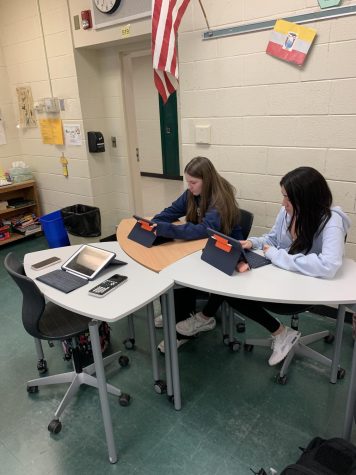
According to another teacher, “We spent the whole year talking about personalized learning and then we are giving every student at every level the same desk and chair. This is not personalized learning, this is forcing every student to learn the same way.”
Another issue arose in the elementary schools. It is hard to categorize all students of the district in one learning style because they range from kindergarten to twelfth grade. What may work for the second graders is drastically different than what is helpful for the juniors. One of the major issues arising in the elementary schools relates to storage. The student desks and chairs have none.
One teacher explained the problem: “They are giving [elementary students] desks with no storage. Their idea is to give us storage cubbies, which now, will take up more room in the classroom and every time a [child] needs something they need to go to their cubby.”
Although teachers and students are the most involved in the practical outcome of the referendum initiatives, 88 out of 132 teachers stated they were not involved enough with the decision process. Another 75% of the teachers in the survey do not feel comfortable being evaluated on their use of incorporating furniture, despite the building goal for teachers next year being related to the furniture.

